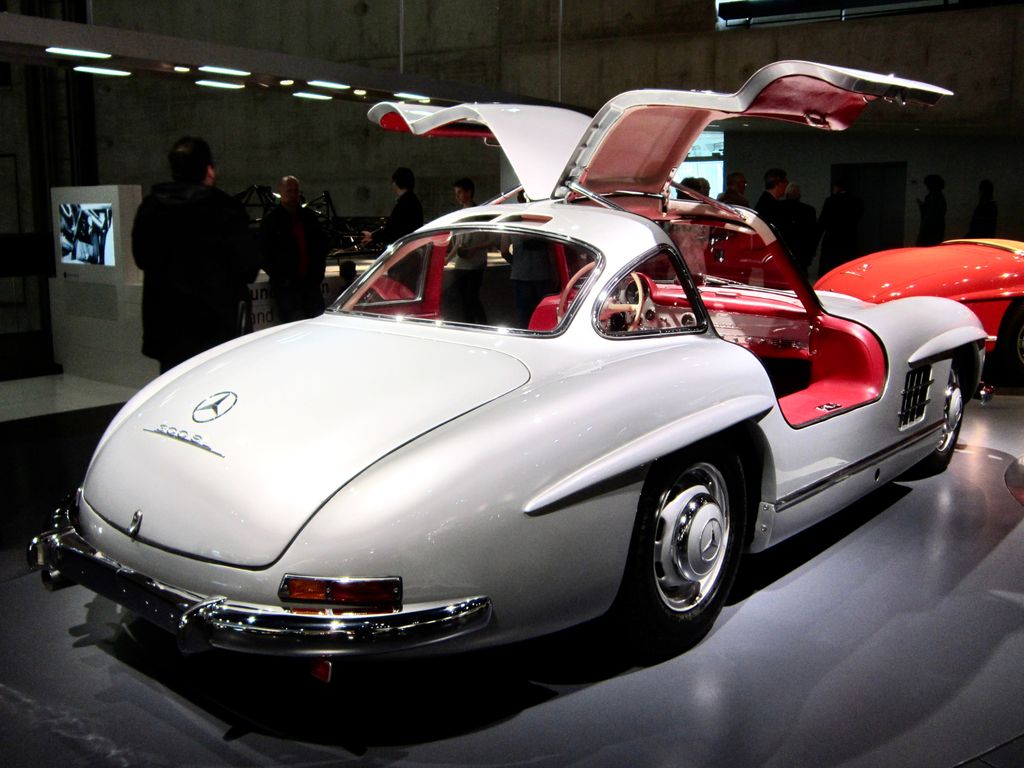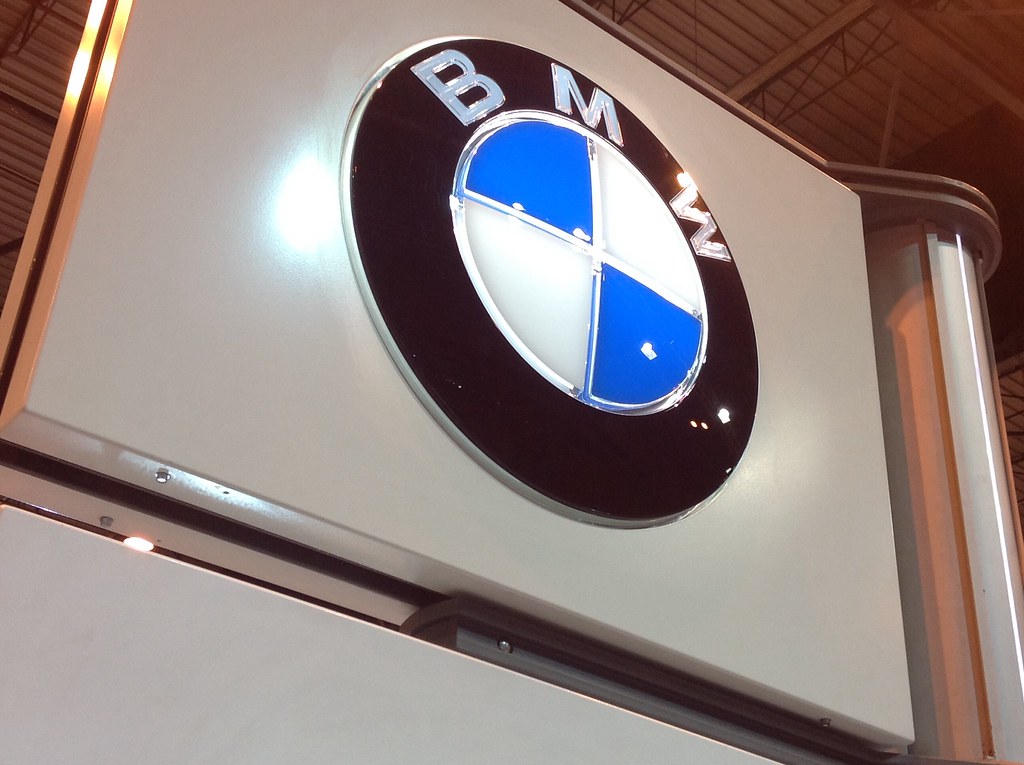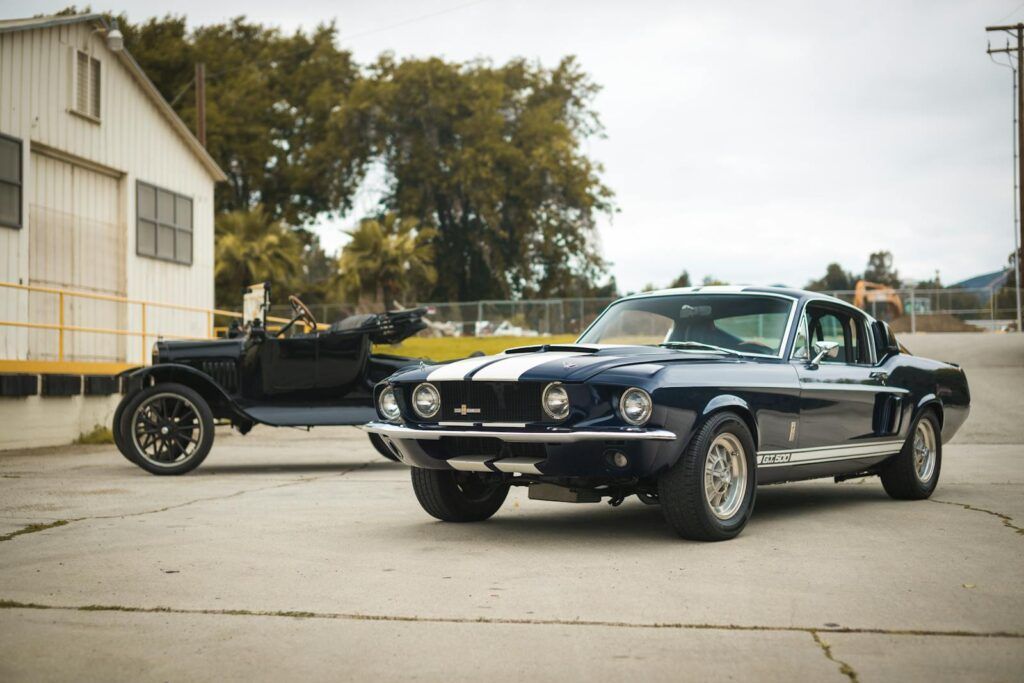
The landscape of American automotive history is populated with numerous marques that, once prominent, eventually succumbed to market pressures and corporate restructuring. Brands like Oldsmobile, Pontiac, Saturn, and Plymouth are well-known examples of such companies that, after years of fluctuating sales and evolving consumer preferences, were ultimately discontinued. Among these, Mercury, Ford Motor Company’s strategically positioned middle-child brand, represents a particularly illustrative case of a once-successful entity that, despite periods of strong performance, gradually faded into obsolescence.
Conceived to occupy the vital segment between Ford’s mass-market vehicles and Lincoln’s luxury offerings, Mercury carved out a significant niche for over seven decades. In its prime, the brand was recognized for offering competitive and often exciting vehicles, consistently achieving robust sales figures. However, by the time Ford made the decision to cease its production, Mercury had already become a mere shadow of its former self, struggling with a stagnating lineup and diminishing sales.
Understanding the trajectory of Mercury—from its ambitious launch to its eventual discontinuation—requires a thorough examination of its history. This analysis will explore the brand’s pivotal moments of innovation and market success, as well as the critical challenges and strategic missteps that ultimately paved the way for its demise. It is a narrative that sheds light on the complexities of brand management, market differentiation, and corporate strategy within the intensely competitive automotive industry.
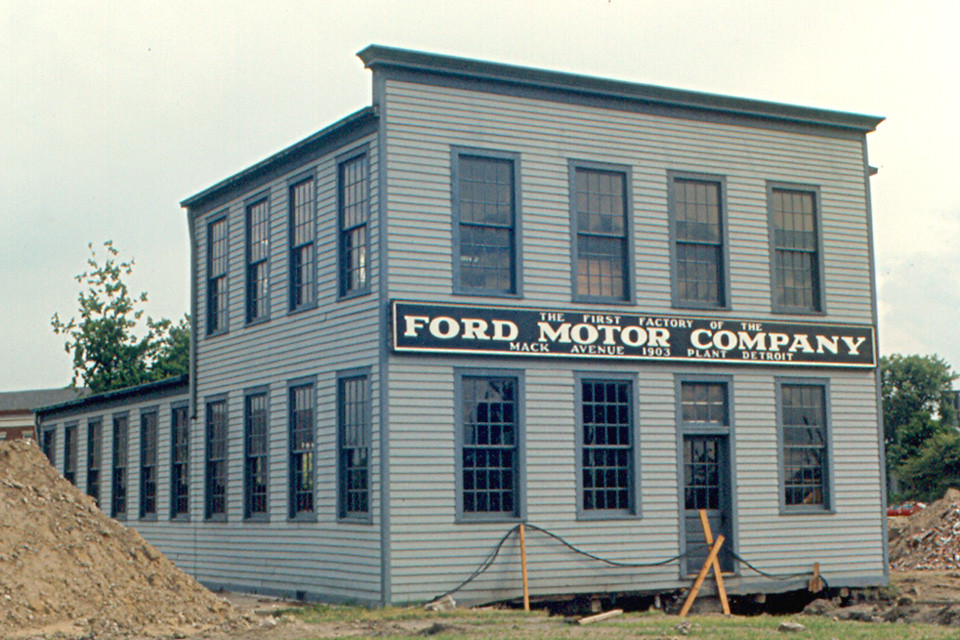
1. **Conception and Early Years (1938-1940s)**Ford Motor Company identified a significant void in its domestic car market offerings during the mid-1930s. The company effectively catered to everyday buyers with its Ford-branded vehicles and competed in the luxury segment with its Lincoln models. However, a crucial mid-tier range was conspicuously absent, leaving a lucrative portion of the market untapped. It was this strategic gap that led to the conception of the Mercury brand, envisioned specifically to bridge the divide between the Ford and Lincoln lineups.
Edsel Ford, Henry Ford’s son, played a pivotal role in creating Mercury in 1938, personally selecting the name from over 100 options. The name, nodding to the Roman god of commerce, was intended to evoke qualities such as “dependability, speed, skill, and eloquence.” The development of its inaugural vehicle, the Mercury Eight, was completed in 1938, making its market debut for the 1939 model year. This new vehicle, featuring a 95-horsepower V8 engine, was available in various body styles, including a convertible and multiple sedan variants.
The Mercury Eight proved to be an immediate success upon its launch, with Ford selling approximately 65,000 units in its first year. This initial momentum, however, was abruptly halted by the outbreak of World War II. When the United States entered the conflict in 1941, Ford, along with other American automakers, was compelled to suspend all civilian car production to redirect its resources and manufacturing capabilities towards the military effort. This pause marked a temporary but significant disruption in Mercury’s nascent growth.
Following the war, a critical restructuring occurred within Ford Motor Company in September 1945, under the leadership of Henry Ford II. On October 22, 1945, Mercury was formally merged with the Lincoln Motor Company, establishing the combined Lincoln-Mercury Division. This organizational change aimed to consolidate sales networks and streamline operations for Ford’s premium automotive brands. Although functioning as a single entity, the division continued to market both Lincoln and Mercury models separately.
The 1941 Mercury underwent its first redesign, adopting the Mercury Eight nameplate in sales literature and sharing much of its bodyshell with Ford, though distinguished by a four-inch longer wheelbase. By 1942, the Eight received interior redesigns, a 100 hp Flathead V8, and the Liquamatic semi-automatic transmission, which, however, proved complex and unreliable. After the wartime suspension, 1946 production models were functionally unchanged from 1942, and the rare wood-bodied Sportsman convertible was introduced, though it was dropped by 1947.
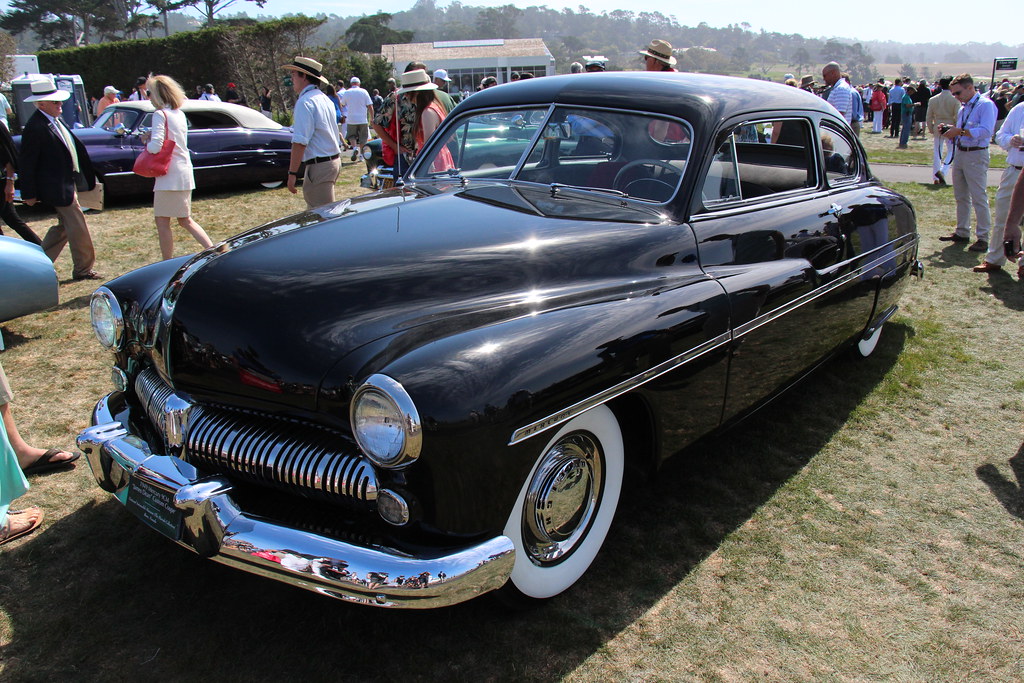
2. **Post-War Resurgence and Iconic Design (1949-1951)**The post-war era brought a significant turning point for the Mercury brand with the introduction of its first all-new post-war designs in 1949. Unlike its pre-war predecessors, the 1949 Mercury design marked a new era of commonality, placing Mercury and Lincoln within a shared bodyshell. This design approach allowed for distinctions primarily through variations in headlight and grille designs, as well as separately trimmed interiors. Mechanically, Ford, Lincoln, and Mercury each continued to offer their own versions of the robust Ford Flathead V8 engine.
The 1949 Mercury Eight, particularly its two-door variant, quickly garnered a passionate following among hot rodders and customizers. It earned the iconic nickname “lead sled” due to its smooth, rounded lines and low stance, which became a favored canvas for customization. Its widespread popularity was significantly amplified by its memorable appearance in James Dean’s seminal 1955 film, “Rebel Without A Cause,” where a customized 1949 Mercury Series 9CM played a prominent role. This cinematic exposure solidified Mercury’s status as a serious and stylish force in the American car industry, contributing immensely to its cultural cachet.
One of the most celebrated examples of a customized “lead sled” is Bob Hirohata’s ’51 Mercury Eight, which was meticulously customized by Barris Kustom Cars. This vehicle achieved widespread recognition after being displayed at the 1952 Motorama, subsequently gracing the covers of numerous magazines and even featuring in a movie. After years in the public eye, it was eventually sold by Hirohata and spent decades in relative obscurity before undergoing a high-profile restoration in the 1990s, which propelled it back into the spotlight. Today, the “lead sled” remains one of the most instantly recognizable hot rod styles and is undeniably one of the most iconic Mercury vehicles ever produced.
The success of the 1949 redesign was immediately evident in sales figures, with the division experiencing a six-fold increase over its 1948 performance, solidifying its position as the sixth-most popular brand in the United States. In 1950, the Monterey name made its debut as a special edition of two-door coupes, designed to compete with the emerging hardtop coupes from General Motors by simulating the appearance of a convertible. That same year, Mercury proudly produced its one-millionth vehicle. Further enhancing its offerings, 1951 saw the return of an automatic transmission option, the “Merc-O-Matic” 3-speed automatic, marking a significant advancement for the brand since the complex 1942 Liquamatic.
Car Model Information: 2023 Chevrolet Silverado 1500 ZR2
Caption: 1939 Mercury 8 two-door Sedan
Manufacturer: Mercury (automobile)
Production: 1939–1951
Assembly: Main plant:{{ubl,item_style=margin-left:1.5em,Dearborn, Michigan,Wayne, Michigan
Layout: FR layout
Class: Full-size
Name: Mercury Eight
Successor: Mercury Monterey,Mercury Custom
Categories: 1940s cars, 1950s cars, All articles with unsourced statements, Articles with short description, Articles with unsourced statements from September 2017
Summary: The Mercury Eight is an automobile that was produced by the American manufacturer Ford Motor Company under their now defunct division Mercury between 1939 and 1951. The debut model line of the Mercury division, Ford positioned the full-size Mercury Eight between the Ford Deluxe (later Custom) model lines and the Lincoln. In total, Ford assembled three generations of the Eight (before and after World War II).
During its production, the Eight offered a full range of body styles, including coupes, sedans, convertibles, and station wagons. For its first generation, the Eight was produced with its own body, adapting its own version of a Ford body for its second generation; for the third generation, the Eight shared its body with the Lincoln.
For the 1952 model year, Ford expanded its namesake division to three nameplates and Lincoln and Mercury to two each, with Mercury replacing the Eight with Monterey (introduced in 1950 as a trim option), lasting until 1974.
Get more information about: Mercury Eight
Buying a high-performing used car >>>
Brand: Mercury Model: 1949 Mercury
Price: $55,987 Mileage: 16,987 mi.
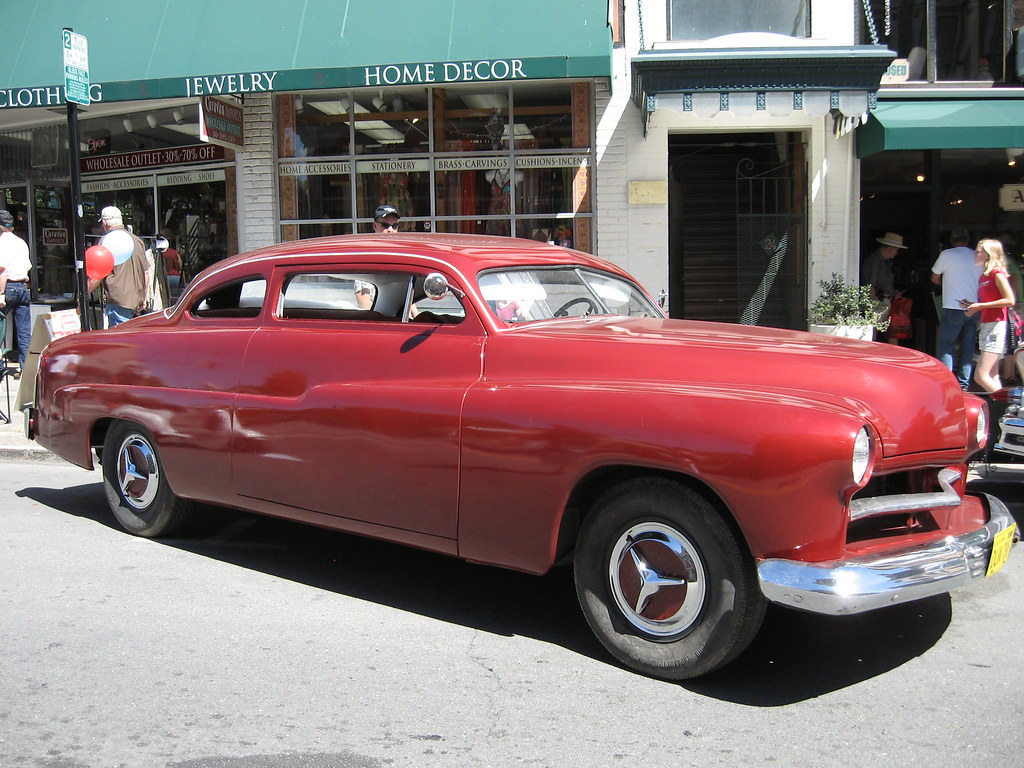
3. **Mid-Century Expansion and Innovation (1950s)**Throughout the mid-1950s, the Mercury brand continued its trajectory of success, with new models such as the Montclair and Monterey firmly establishing its reputation as a strong performer in sales charts. These models effectively attracted a surge of new customers to dealerships, expanding Mercury’s market reach. The 1954 model year introduced a significant technological upgrade with the launch of the brand’s first overhead valve V8 engine, replacing the long-running Flathead V8 that dated back to 1932. This innovation provided Ford and Mercury with their distinct versions of the Y-block V8, enhancing performance and efficiency.
Further differentiation arrived in 1957, with the debut of a new chassis specifically designed to separate Mercury vehicles more clearly from their Ford and Lincoln counterparts. This strategic move aimed to reinforce Mercury’s distinct identity within the Ford Motor Company portfolio. However, this period was not without its challenges. Sales experienced a dramatic decline in 1958, a trend that saw little improvement in the subsequent year. Late 1950s Mercury models had grown considerably in both size and weight, making them less affordable and less fashionable, particularly for buyers facing economic constraints. Additionally, these vehicles were often equipped with cutting-edge technology that many buyers either did not prioritize or found too expensive to justify.
Amidst these sales struggles, the broader context of Ford’s operations was also complicated by the disastrous launch of the Edsel brand. This venture incurred significant financial losses and considerable embarrassment for company executives, underscoring the urgent need for a strategic re-evaluation of the Mercury lineup if Ford was to regain profitability. The division’s structure also saw revisions; Lincoln-Mercury was temporarily split, largely to accommodate the formation of the Continental division in 1955, only to be recombined in 1958, when Mercury, Edsel, and Lincoln formed the combined M-E-L division.
Innovations continued, with the Monterey Sun Valley introduced in 1954 as a submodel featuring a fixed-panel acrylic glass sunroof, though it faced marketing difficulties in warmer climates. For 1957, Mercury launched the Turnpike Cruiser, which previewed the 1956 XM-800 concept car and was notably the pace car of the 1957 Indianapolis 500. This premium model was distinguished by its quad headlamps and retractable rear window, positioning it above the Montclair. In 1958, the Park Lane was introduced as a flagship model, and Mercury, sharing with Lincoln and the Ford Thunderbird, launched a 430 cubic inches “Marauder” V8, with a 400 hp “Super Marauder” version becoming the first mass-produced engine to be rated at 400 hp.
By 1959, Mercury underwent a revision of its body, expanding to a 126-inch wheelbase and, for the first time since 1940, producing its own body and chassis. Despite these efforts, the economic recession of the late 1950s severely impacted medium-priced brands, including Mercury. The brand experienced a 60 percent drop in sales in 1958 and, despite outselling the heavily marketed Edsel by more than two to one, it took nearly the combined sales of 1958 and 1959 to match its 1957 sales total, signaling significant challenges ahead.
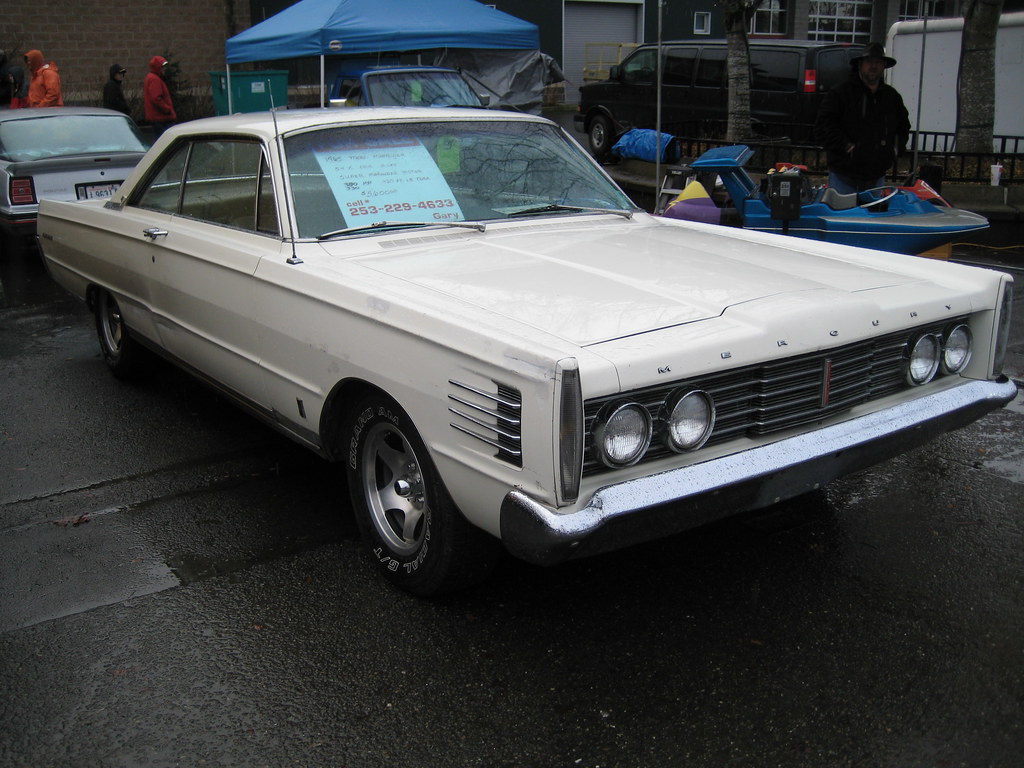
4. **The Performance Era (1960s)**As the new decade commenced, Mercury embarked on a strategic overhaul of its lineup, driven by the imperative to revitalize sales and improve profitability. This involved reducing prices and introducing a new range of more compact cars, a notable departure from previous model years where vehicles were uniquely designed. These new compacts were largely based on Ford platforms, signifying a move towards greater platform sharing across the company’s brands. This decision, influenced by Ford President Robert McNamara’s conditions for Lincoln-Mercury to remain a division, streamlined production and reduced costs, with Ford producing only two divisional bodies (Ford/Mercury, Lincoln) for 1961, a stark reduction from the five in 1958.
The mid-1960s witnessed Mercury’s significant foray into the burgeoning muscle car market, an era that continues to define many of the brand’s most prized classics today. While not all of these highly desirable models achieved strong sales at the time, their introduction underscored Mercury’s ambition to appeal to a younger, performance-oriented demographic. Simultaneously, popular models like the Comet continued to bolster sales numbers at the more affordable end of Mercury’s lineup, providing a crucial counterbalance to the performance offerings. The Comet, initially developed for Edsel and launched in 1960 as a standalone compact car line, was eventually merged into the Mercury brand for the 1962 model year, further diversifying its product range.
A landmark moment for Mercury in this era was the launch of the Mercury Cougar for the 1967 model year. Positioned as a more upscale and refined alternative to the hugely successful Ford Mustang, the Cougar quickly achieved both critical and commercial acclaim. It was notably named MotorTrend’s Car of the Year upon its release, a testament to its innovative design and compelling performance. The Cougar expertly blended elements of performance and luxury, setting a new benchmark for the brand and significantly influencing the direction of Mercury’s car designs and market strategy in the years that followed.
In 1961, Mercury also released an all-new full-size range, abandoning its exclusive chassis in favor of sharing a chassis with the Ford Galaxie, extended to a 120-inch wheelbase. The Montclair and Park Lane models were discontinued, making way for the wider-selling Monterey, while the Commuter and Colony Park station wagons returned. Furthermore, 1961 marked the introduction of the first 6-cylinder engine to the brand, with the Meteor 600 featuring a standard Mileage Maker Inline-6. By 1962, Mercury introduced “S” sub-models like the S-22 (Comet), S-33 (Meteor), and S-55 (Monterey) to market sportier content, including higher-performance powertrains and interior upgrades like full-length floor consoles and bucket seats. The 1963 Monterey also notably featured “breezeway” reverse-slant rear window options and, as a mid-year option, the “Marauder” fastback roofline for two-door sedans and hardtops, shared with the Ford Galaxie 500XL.
Read more about: Jack Daniels, Olympian, ‘World’s Best’ Running Coach and Exercise Scientist, Dies at 92, Leaving an Indelible Mark on Athletics
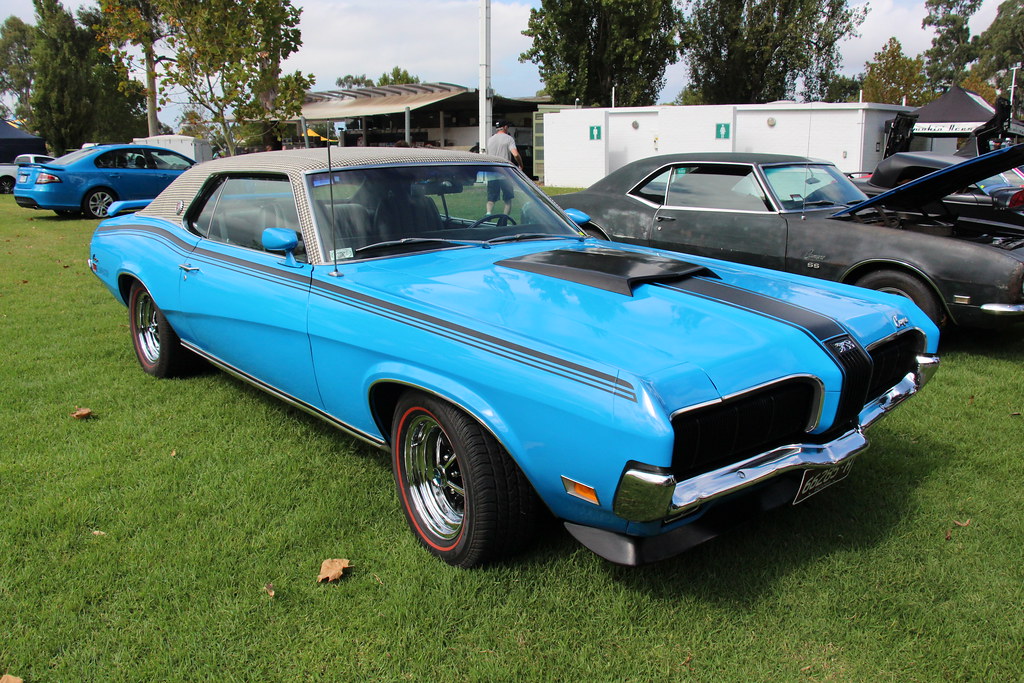
5. **Shifting Market and Luxury Focus (1970s)**The automotive landscape underwent significant transformation in the early 1970s, with a notable decline in the muscle car market. This shift meant that one of Mercury’s key elements of appeal—the sporty, high-performance vehicle—suddenly lost much of its marketability. In response to this evolving consumer preference, Mercury strategically pivoted its focus, emphasizing the luxury aspect of its vehicles in an attempt to clearly differentiate itself from the more mainstream Ford brand. This shift aimed to attract buyers seeking refinement and comfort rather than raw power.
While many of Mercury’s mid-1970s cars may not command the same level of respect or enthusiasm from modern collectors as their muscle car predecessors, they enjoyed considerable commercial success at the time. A significant milestone during this period was the launch of the Grand Marquis in 1975. This model quickly became, and would remain, the brand’s best-selling nameplate, embodying Mercury’s renewed commitment to luxury and comfort. Its popularity underscored the effectiveness of the brand’s repositioning in a changing market.
The effectiveness of Mercury’s strategy during this decade was further evidenced by its sales performance. The 1978 model year marked an all-time high for the brand, with Mercury recording its largest-ever sales volume at an impressive 580,000 units. This achievement represented the peak of Mercury’s market penetration and demonstrated its ability to adapt and thrive in a new environment, albeit with a different product focus. The Grand Marquis was a central pillar in achieving this remarkable sales figure.
In addition to its larger, luxury-oriented models, Mercury also achieved success with the second-generation Capri, which made its debut in 1979. Much like the original Cougar in its role as a premium alternative, the second-generation Capri was strategically positioned as a more luxurious option compared to the Ford Mustang. It shared the robust Foxbody platform with the Mustang but featured distinctive European-inspired styling, marking a departure from the previous generation Capri, which had been a European import built in Ford’s German factory. This blend of American engineering and European aesthetics allowed Mercury to cater to a diverse segment of buyers.
This era solidified Mercury’s identity as a purveyor of comfortable, well-appointed vehicles, successfully navigating the post-muscle car landscape. The focus on luxury, exemplified by models like the Grand Marquis and the sophisticated Capri, enabled the brand to reach its highest sales figures and maintain a strong presence in the American automotive market, even as broader industry trends continued to evolve. This period of adaptation demonstrated Mercury’s resilience and strategic agility in addressing new consumer demands.
Read more about: All Looks, No Power: A Critical Review of Muscle Cars That Failed to Deliver on Their Roaring Promise
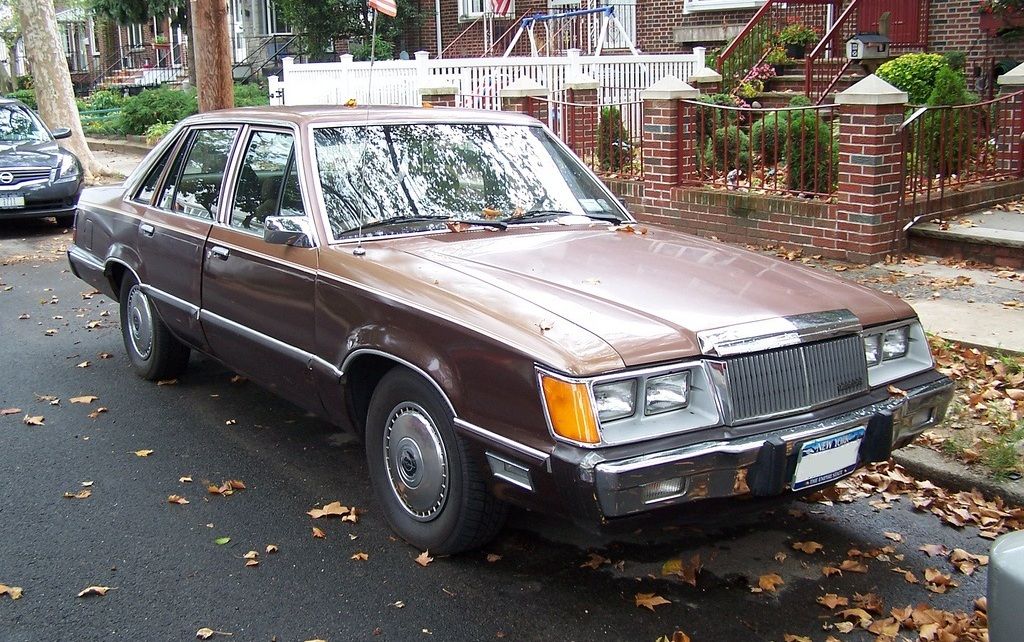
6. **Modernization and Risky Ventures (1980s)**The 1980s marked a period of continued evolution for Mercury as it strove to modernize its lineup in response to changing consumer tastes. The brand introduced smaller models, aligning with the market’s growing demand for more fuel-efficient and compact vehicles. This strategic adjustment largely proved successful, with established nameplates such as the Cougar and Grand Marquis maintaining robust sales figures and a loyal customer base for the brand.
Despite the overall success in adapting to market shifts, the decade also saw a notable misstep in Ford’s broader Lincoln-Mercury strategy: the ill-fated Merkur sub-brand. Though not officially marketed under the Mercury name, Merkur vehicles were exclusively sold through Lincoln-Mercury dealerships, with the name itself being derived from the German word for ‘Mercury.’ This venture represented a significant departure from Mercury’s traditional offerings, aiming to compete in a segment dominated by European luxury sedans like the BMW 3 Series.
The Merkur XR4Ti, a re-engineered European-spec Ford Sierra XR4Ti, was introduced with a turbocharged four-cylinder engine, diverging from its European counterpart’s V6. While the European Sierra found considerable success and became a cult classic, the XR4Ti struggled to gain traction in the American market. The larger Merkur Scorpio also failed to resonate with consumers during its brief sales period.
Launched in 1985, Merkur’s consistently slow sales quickly led to its discontinuation by 1990. This commercial failure not only resulted in financial losses but also dampened corporate executives’ enthusiasm for taking substantial risks with the Lincoln-Mercury division. The experience underscored the difficulties of introducing niche, European-styled products into a market accustomed to Mercury’s more conventional American luxury and performance offerings.
Car Model Information: 1995 Mercury Cougar XR7
Name: Mercury Cougar
Caption: 1969 Mercury Cougar (first generation)
Manufacturer: Mercury (automobile)
Layout: Front-engine, rear-wheel-drive layout
ModelYears: 1967–1997,1999–2002
Class: Pony car,Personal luxury car,Mid-size car,Sport compact
Categories: 1960s cars, 1970s cars, 1980s cars, 1990s cars, 2000s cars
Summary: The Mercury Cougar is a series of automobiles that was sold by Mercury from 1967 to 2002. The model line is a diverse series of vehicles; though the Cougar nameplate is most commonly associated with two-door coupes, at various stages in its production, the model also was offered as a convertible and a hatchback. During its production as the mid-size Mercury line, the Cougar was also offered as a four-door sedan and five-door station wagon.
In production for 34 years across eight generations (skipping the 1998 model year), the Cougar is second only to the Grand Marquis (36 years) in the Mercury line for production longevity. 2,972,784 examples were produced, making it the highest-selling Mercury vehicle. During the 1970s and 1980s, the marketing of the Mercury division was closely associated with the Cougar, with promotional materials advertising Mercury dealers as “The Sign of the Cat” with big cats atop Lincoln-Mercury dealer signs. Cat-related nameplates were adopted by other Mercury lines, including the Bobcat and Lynx.
During its production, the Cougar was assembled at the Dearborn Assembly Plant (part of the Ford River Rouge Complex) in Dearborn, Michigan from 1967 until 1973, San Jose Assembly (Milpitas, California) from 1968 into early 1969, Lorain Assembly (Lorain, Ohio) from 1974 until 1997, and at Flat Rock Assembly (Flat Rock, Michigan) from 1999 through 2002.
Get more information about: Mercury Cougar
Buying a high-performing used car >>>
Brand: Mercury Model: Cougar
Price: $10,995 Mileage: 37,589 mi.

7. **Diversification Challenges: Minivans and SUVs (1990s)**The 1990s saw Mercury venturing into new vehicle segments as it sought to diversify its product portfolio beyond traditional sedans. This period marked a strategic effort to adapt to evolving family transportation needs, particularly the rising popularity of minivans and sport utility vehicles (SUVs). While the brand avoided radical European imports like Merkur, it embraced new domestic-oriented models to capture new market shares.
Two significant introductions during this decade were the Mercury Villager minivan and the Mercury Mountaineer SUV. The Villager, a collaborative project between Nissan and Ford, was positioned as a more upscale alternative to Ford’s own Aerostar and later the Windstar. Initially, it achieved a degree of popularity, providing Mercury with a presence in the booming minivan segment.
However, the Villager’s success proved to be fleeting, mirroring the broader decline of the minivan segment itself. As consumer preferences shifted, sales figures for the Villager steadily diminished. By its final model year before discontinuation, Mercury sold fewer than 17,000 units, indicating a significant loss of market relevance for the model.
Conversely, the Mercury Mountaineer, introduced in 1997 and based on the highly successful Ford Explorer, demonstrated a more enduring appeal. It continued to be part of the Mercury lineup until the brand’s ultimate demise in 2010. Despite its longevity, the Mountaineer also experienced consistently falling sales from the mid-2000s onward, reflecting intensifying competition in the SUV market.
These new ventures into minivans and SUVs were intended to supplement Mercury’s existing range of sedans. However, the outlook for the core sedan lineup was also challenging, as the traditional three-box design lost market share across the industry. Mercury’s sedans, including its once best-selling models, struggled to differentiate themselves and stand out in an increasingly competitive and crowded segment, signaling further brand identity issues.
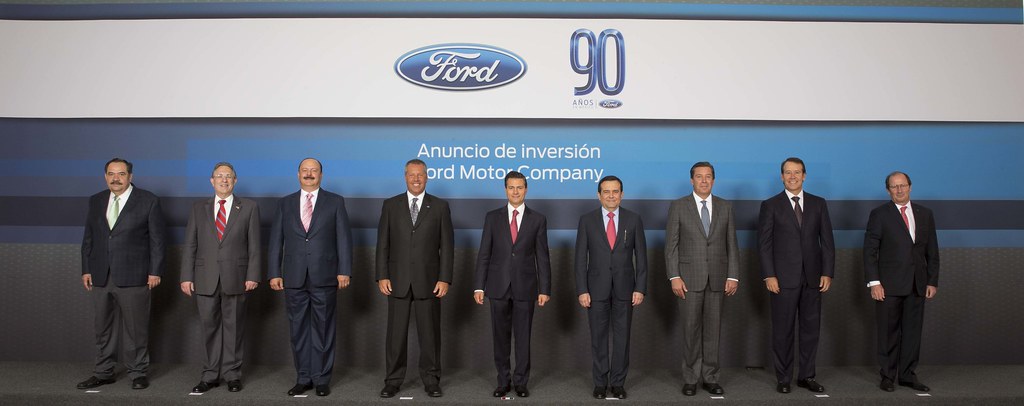
8. **Erosion of Brand Identity and Neglect (2000s)**As the new millennium dawned, the signs of Mercury’s decline became increasingly evident. The brand’s product offerings, while updated, began to suffer from a lack of distinct identity, leading to a perception that Mercury vehicles were merely slightly rebadged or ‘dressed-up Fords.’ This diminished differentiation offered little compelling reason for buyers to choose a Mercury over a Ford or a rival brand.
In a brief attempt to reignite enthusiast interest, Mercury launched the 2003 Marauder, a performance-oriented sedan equipped with a 305 horsepower V8 engine. Positioned as a ‘sleeper’ sedan, it garnered some attention from fans. However, this niche offering was ultimately insufficient to reverse the broader trend of declining sales and a stagnant lineup, failing to act as a significant catalyst for change.
Ford’s broader corporate strategy and financial challenges further exacerbated Mercury’s struggles. By the year 2000, Ford Motor Company had assembled a crowded portfolio of brands, including Volvo, Jaguar, Land Rover, Aston Martin, and a stake in Mazda, in addition to its core Ford and Lincoln divisions. This expansive ownership created a severe strain on development resources.
With limited development capital available, some brands within Ford’s stable inevitably received less attention and investment, and Mercury was among those neglected. This lack of dedicated funding meant that Mercury struggled to develop truly unique products or compelling new designs that could effectively compete in an evolving market. The Great Recession further compounded Ford’s financial woes, necessitating the sale of many acquired brands, but by then, Mercury’s fate seemed sealed.
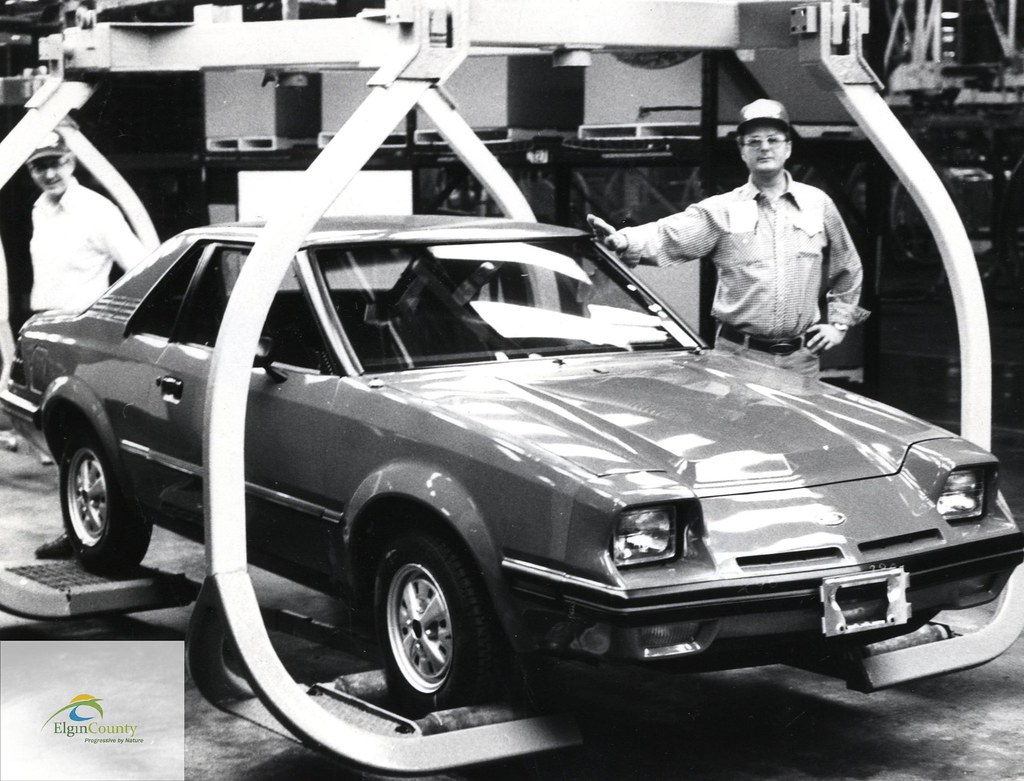
9. **The Strategic Decision to Discontinue (2010)**The cumulative effect of declining sales, an eroding brand identity, and a lack of significant investment culminated in Ford Motor Company’s strategic decision to discontinue the Mercury brand. In June 2010, Ford officially announced that Mercury would be phased out by the end of the year, a move that, for many industry observers, came with little surprise given the brand’s long-term trajectory.
This decision was not made lightly but was part of a larger corporate restructuring aimed at streamlining Ford’s operations and focusing resources on its core brands. Rather than attempting a costly revitalization of Mercury, Ford opted to reallocate investment towards its luxury Lincoln division, with plans to expand its lineup with seven new or redesigned models. Concurrently, Ford-branded vehicles were slated to fill the market gap previously occupied by Mercury’s entry-level offerings.
The final Mercury vehicle, a Grand Marquis, rolled off the assembly line in January 2011, marking an unceremonious end to a brand that had been a part of Ford’s portfolio for over seven decades. At the time of the announcement, Ford executives noted that the majority of Mercury’s remaining customers consisted of fleet buyers or those utilizing employee discounts, indicating a significant absence of individual retail customers and a greatly diminished market presence.
While the question of whether Mercury could have been saved with sufficient investment remains a point of debate, by 2010, the brand’s ‘glory days’ were too far in the past to leverage any residual prestige. Mercury had largely failed to attract new customers, particularly in the rapidly growing SUV segment, relying instead on its dwindling existing clientele. Even a significant injection of development capital might not have been enough to prevent Ford’s middle brand from joining the ranks of other storied American marques consigned to history.
Read more about: Microsoft’s Enduring Legacy: A Comprehensive Look at Four Decades of Innovation, Dominance, and Transformation
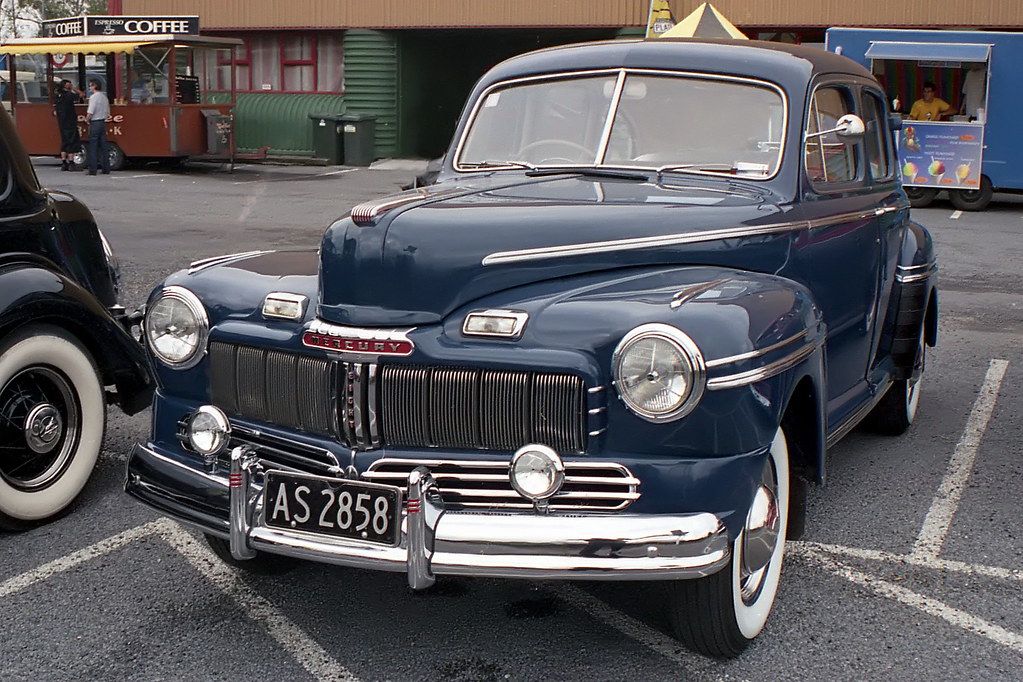
10. **A Legacy of Lessons in Brand Management**Mercury’s journey from an ambitious launch to its eventual discontinuation provides a compelling case study in the complexities of brand management within the highly competitive automotive industry. The decision to end Mercury’s production was driven by a multifaceted combination of consistently declining sales, significant challenges in differentiating its products from Ford’s broader offerings, and the escalating cost of maintaining a brand with diminishing returns.
Ford’s executives recognized that the financial resources required to sustain and meaningfully revitalize Mercury outweighed the potential benefits, leading to a strategic pivot. The company chose to consolidate its efforts and investment into its primary Ford division and, crucially, to reinvigorate the Lincoln luxury brand. This rationalization aimed to allocate capital more effectively and position Ford for long-term growth and success in a dynamic global market.
Furthermore, the changing landscape of the automobile industry played a pivotal role in Mercury’s demise. Over its final decades, Ford gradually ceased the practice of developing direct Mercury counterparts for its Ford car lines, contributing to the brand’s erosion of unique appeal. As loyal customers increasingly migrated to Ford models, Mercury’s market position weakened irrevocably.
Read more about: Decoding Common’s Journey: Actionable Insights from a Hip-Hop Icon’s Multifaceted Career
Ultimately, the confluence of internal strategic decisions—including a crowded brand portfolio and insufficient dedicated investment—and external market pressures—such as shifting consumer preferences towards SUVs and minivans, and heightened competition—sealed Mercury’s fate. The brand’s story underscores the critical importance of maintaining a clear, distinct brand identity and ensuring consistent innovation to remain relevant in an ever-evolving industry, a lesson that continues to shape corporate strategies in the automotive world today.


